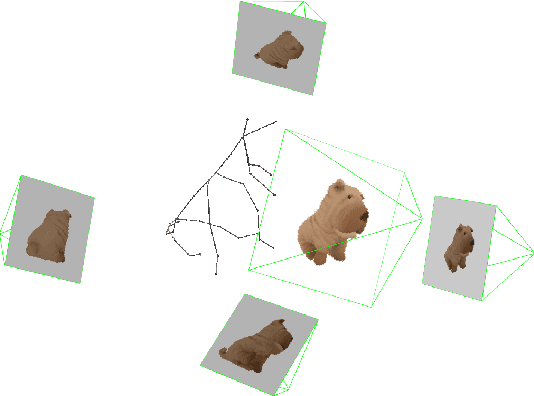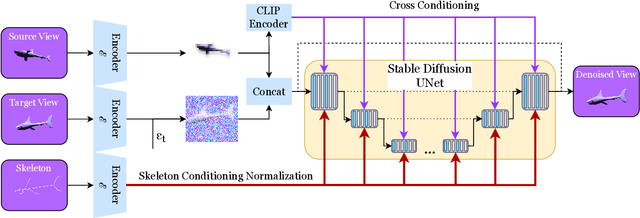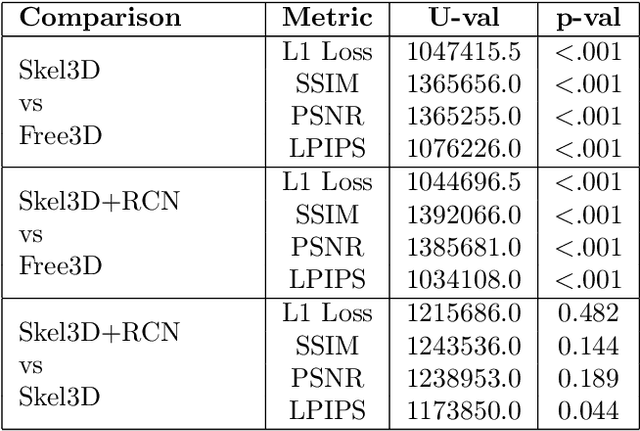Kristian Fenech
Rational Gaussian wavelets and corresponding model driven neural networks
Feb 03, 2025Abstract:In this paper we consider the continuous wavelet transform using Gaussian wavelets multiplied by an appropriate rational term. The zeros and poles of this rational modifier act as free parameters and their choice highly influences the shape of the mother wavelet. This allows the proposed construction to approximate signals with complex morphology using only a few wavelet coefficients. We show that the proposed rational Gaussian wavelets are admissible and provide numerical approximations of the wavelet coefficients using variable projection operators. In addition, we show how the proposed variable projection based rational Gaussian wavelet transform can be used in neural networks to obtain a highly interpretable feature learning layer. We demonstrate the effectiveness of the proposed scheme through a biomedical application, namely, the detection of ventricular ectopic beats (VEBs) in real ECG measurements.
Skel3D: Skeleton Guided Novel View Synthesis
Dec 04, 2024



Abstract:In this paper, we present an approach for monocular open-set novel view synthesis (NVS) that leverages object skeletons to guide the underlying diffusion model. Building upon a baseline that utilizes a pre-trained 2D image generator, our method takes advantage of the Objaverse dataset, which includes animated objects with bone structures. By introducing a skeleton guide layer following the existing ray conditioning normalization (RCN) layer, our approach enhances pose accuracy and multi-view consistency. The skeleton guide layer provides detailed structural information for the generative model, improving the quality of synthesized views. Experimental results demonstrate that our skeleton-guided method significantly enhances consistency and accuracy across diverse object categories within the Objaverse dataset. Our method outperforms existing state-of-the-art NVS techniques both quantitatively and qualitatively, without relying on explicit 3D representations.
Perceived personality state estimation in dyadic and small group interaction with deep learning methods
Nov 09, 2022Abstract:Dyadic and small group collaboration is an evolutionary advantageous behaviour and the need for such collaboration is a regular occurrence in day to day life. In this paper we estimate the perceived personality traits of individuals in dyadic and small groups over thin-slices of interaction on four multimodal datasets. We find that our transformer based predictive model performs similarly to human annotators tasked with predicting the perceived big-five personality traits of participants. Using this model we analyse the estimated perceived personality traits of individuals performing tasks in small groups and dyads. Permutation analysis shows that in the case of small groups undergoing collaborative tasks, the perceived personality of group members clusters, this is also observed for dyads in a collaborative problem solving task, but not in dyads under non-collaborative task settings. Additionally, we find that the group level average perceived personality traits provide a better predictor of group performance than the group level average self-reported personality traits.
Minimizing false negative rate in melanoma detection and providing insight into the causes of classification
Mar 09, 2021



Abstract:Our goal is to bridge human and machine intelligence in melanoma detection. We develop a classification system exploiting a combination of visual pre-processing, deep learning, and ensembling for providing explanations to experts and to minimize false negative rate while maintaining high accuracy in melanoma detection. Source images are first automatically segmented using a U-net CNN. The result of the segmentation is then used to extract image sub-areas and specific parameters relevant in human evaluation, namely center, border, and asymmetry measures. These data are then processed by tailored neural networks which include structure searching algorithms. Partial results are then ensembled by a committee machine. Our evaluation on the largest skin lesion dataset which is publicly available today, ISIC-2019, shows improvement in all evaluated metrics over a baseline using the original images only. We also showed that indicative scores computed by the feature classifiers can provide useful insight into the various features on which the decision can be based.
 Add to Chrome
Add to Chrome Add to Firefox
Add to Firefox Add to Edge
Add to Edge